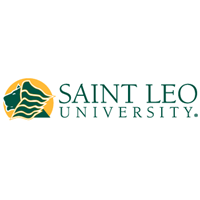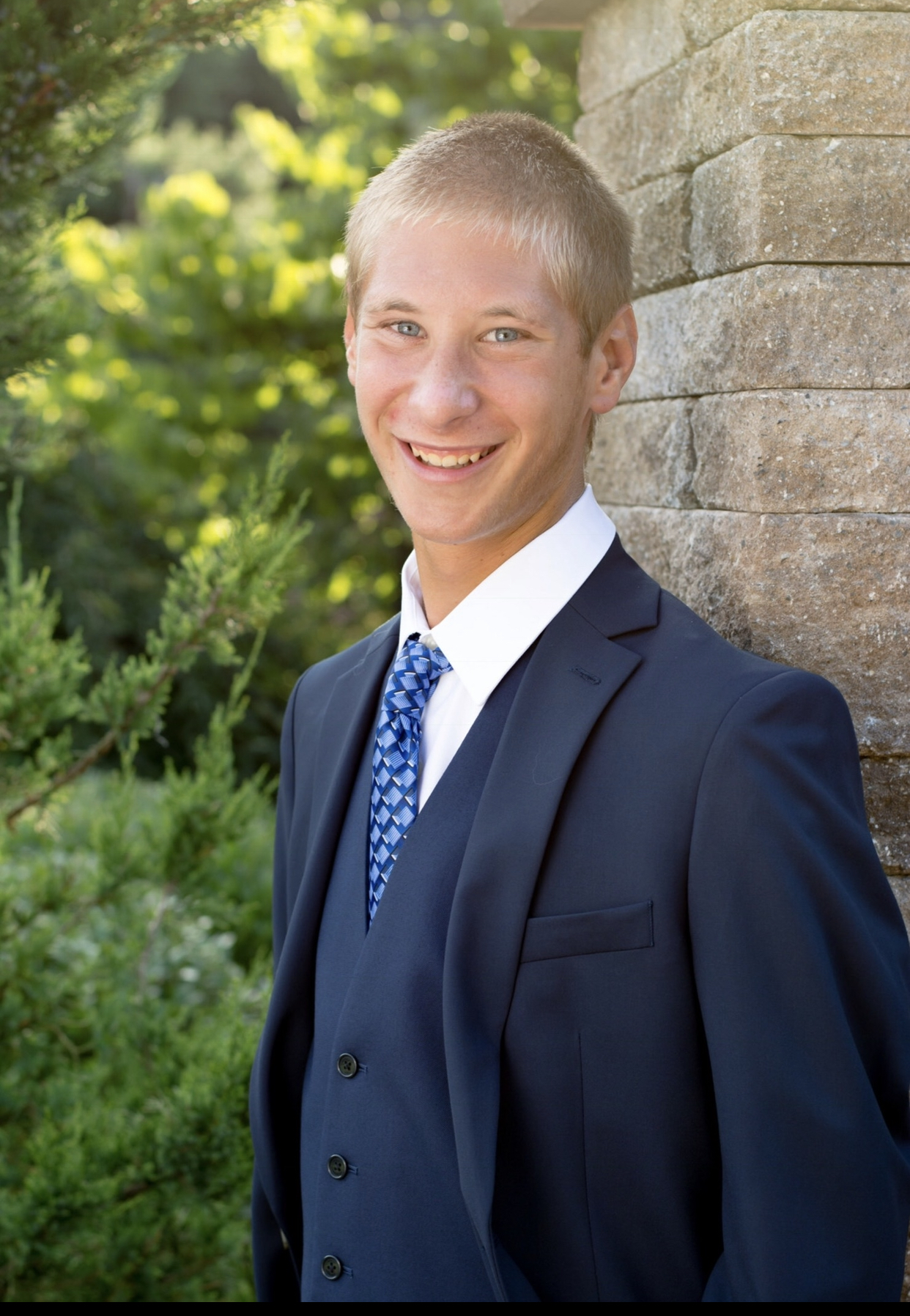Below is a summary of the abstract you submitted. Presenting author(s) is shown in bold.
If any changes need to be made, you can modify the abstract or change the authors.
You can also download a .docx version of this abstract.
If there are any problems, please email Dan at dar78@pitt.edu and he'll take care of them!
This abstract was last modified on March 21, 2023 at 8:40 p.m..

Saint Leo University began its work in the SEA GENES program in 2021 as part of the third cohort of the HHMI SEA-GENES program. The second generation of Saint Leo University students are continuing work on the F1 cluster phage TootsiePop. TootsiePop was discovered at Worcester Polytechnic Institute in 2016, and its genome annotation was completed in 2017. It is a 93 gene phage with functions assigned to only 30 [32%] of those genes. This research involved cloning those genes into pExTra plasmid before expressing those genes in the original phage host, Mycobacterium smegmatis. Any genes identified as having a potential cytotoxic effect on the host bacterium will then be assigned to be sub-cloned into a second plasmid, p2Hα, to identify its biochemical interactions within the bacterium. Here, we present our research to date, from the effortlessly cloned genes to the more arduous cytotoxicity assays. We discuss those genes we designate as cytotoxic and those genes deemed worthy of further exploration.

